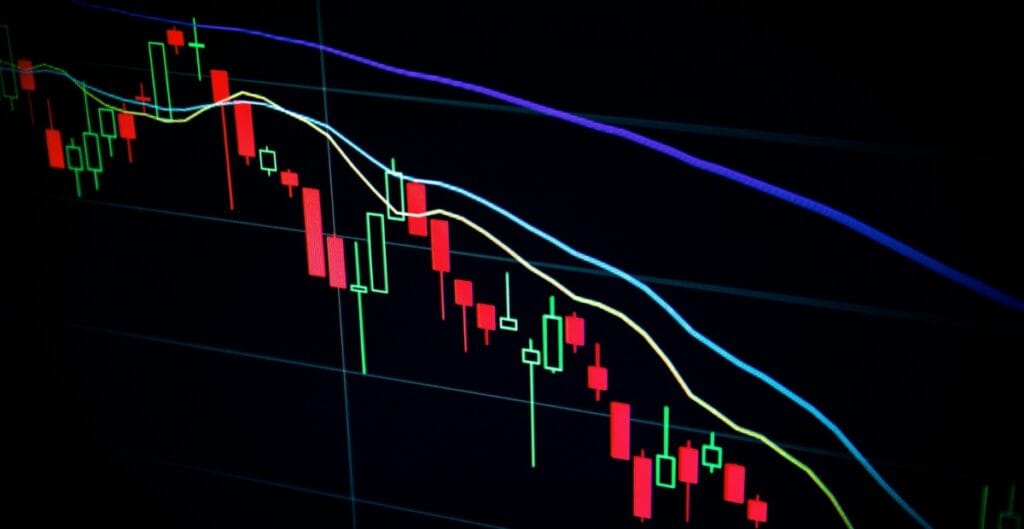Wholesale energy prices play a pivotal role in shaping the energy landscape, influencing the cost of electricity and gas for businesses and consumers alike. The interplay of supply and demand dynamics within the wholesale energy market has far-reaching consequences on energy prices, affecting consumption patterns, market competitiveness, and the transition to renewable energy sources. In this article, we delve into the complexities of supply and demand in the wholesale energy sector, exploring the triggers for skyrocketing prices, the impact of global appetite, and other key considerations for the future.
Skyrocketing Prices and Consumer Demand
When wholesale energy prices surge, it often triggers a decline in consumer demand. Higher energy costs directly affect household and business budgets, leading to reduced consumption as consumers seek to limit their energy usage and mitigate the impact on their bills. As prices continue to rise, consumers become more conscious of their energy consumption, implementing energy-saving measures and seeking alternative, more cost-effective solutions. Domestic demand dropped 15% – to levels last seen in the 1970s.
The demand-side response to skyrocketing prices not only impacts the affordability of energy for end-users but also sends market signals to energy suppliers and policymakers, emphasizing the need for increased energy efficiency and the adoption of renewable energy sources.
Global Appetite and Price Dynamics
Global energy demand and consumption patterns significantly influence wholesale energy prices. Factors such as economic growth, industrial activities, and geopolitical events play a vital role in shaping global appetite for energy. Increased demand, particularly from emerging economies, can lead to heightened competition and upward pressure on prices.
Furthermore, expectations about future energy supply and demand dynamics impact wholesale energy prices. Anticipated shifts in energy sources, advancements in renewable energy technologies, and policy developments all contribute to market expectations, influencing investment decisions and price forecasts.
Globally, the demand for energy commodities plays a significant role in shaping prices, particularly in the case of liquefied natural gas (LNG) where strong competition drives prices upward. Presently, demand in Asia and Latin America remains relatively low. However, as demand in these regions begins to pick up, it is likely that securing LNG supplies will come at higher costs.
In the long term, there is a clear trend of increasing gas demand from Asia. Prior to the Covid-19 pandemic, China’s demand for natural gas had doubled over the preceding decade. This upward trajectory is expected to continue as China’s economy expands, particularly as the country reduces its reliance on other energy sources like coal. Consequently, the growing demand from Asia, especially China, will place further pressure on global LNG supplies, potentially leading to higher prices.
Supply and Demand Balance: Energy Market Dynamics
The equilibrium between supply and demand is a fundamental driver of wholesale energy prices. Any imbalances, whether due to unexpected disruptions in supply or shifts in consumption patterns, can have significant impacts on price volatility. For instance, natural gas supply disruptions, geopolitical tensions affecting oil production, or extreme weather events affecting renewable energy generation can all contribute to supply constraints and subsequent price increases.
Conversely, an oversupply of energy can lead to downward pressure on prices. Technological advancements, increased renewable energy capacity, and shifts in consumer behavior can create surplus energy in the market, resulting in decreased wholesale prices. The COVID-19 pandemic, for example, led to a temporary oversupply of oil as global travel restrictions reduced demand, causing oil prices to plummet.
Transition to Renewable Energy Sources
The global push for clean and renewable energy sources introduces new dynamics into the wholesale energy market. As countries strive to reduce their carbon emissions and achieve energy sustainability goals, the adoption of renewable energy sources such as solar and wind power increases. This transition affects supply and demand dynamics, as the availability and cost of renewable energy influence wholesale prices.
Renewable energy sources often have lower variable costs compared to fossil fuels, contributing to price stability and potentially mitigating the impact of price volatility in the wholesale energy market. However, the intermittent nature of renewable energy generation and the need for energy storage solutions pose challenges in maintaining a balance between supply and demand.
Policy Measures and Price Regulation
Governments and regulatory bodies implement various policy measures to regulate wholesale energy prices and ensure affordability for consumers. Price caps, price floors, and market interventions are examples of tools used to manage price fluctuations and protect consumers from excessive price increases.
While these measures aim to provide stability, they can also impact market dynamics and investments in energy infrastructure. Striking the right balance between price regulation, market competition, and incentivizing investment in clean energy technologies remains a challenge for policymakers.
Energy Storage Technologies
The development and adoption of energy storage technologies have the potential to transform the wholesale energy market. Energy storage enables the capture and utilization of excess renewable energy during low-demand periods, reducing wastage and contributing to a more balanced supply-demand profile. By addressing the intermittency challenge of renewable energy sources, energy storage technologies can contribute to price stability and facilitate the integration of larger shares of renewables into the energy system.
